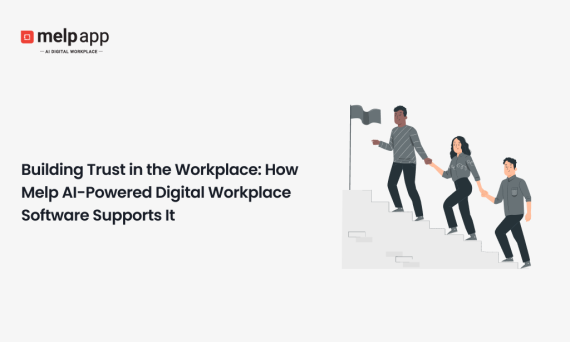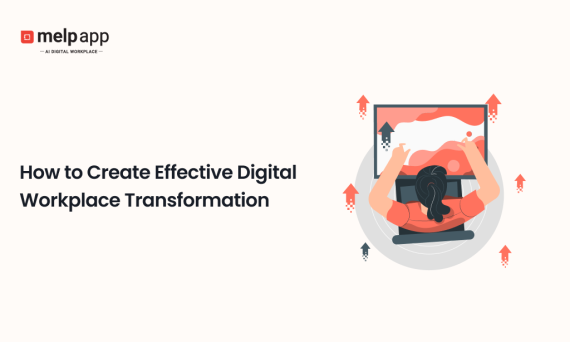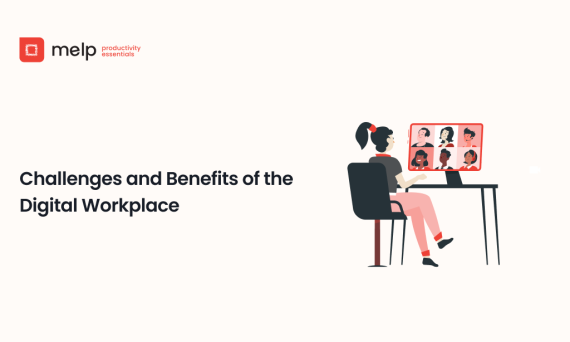Leadership, Management, and Culture
Every CFO knows budgets are stories told with numbers. When the story is about investing in a digital workplace, the plot needs clear characters: measurable savings, credible pilots, and a path from cost to value that a board can endorse. This is not an IT wish list. It is a financial case that ties investments
Read More
Trust is the base of every workplace that actually works well. When people feel they can rely on their manager, their teammates, and even the tools they use every day, things move faster. Work feels smoother, performance goes up, and new ideas get shared more often. But if trust is missing, it doesn’t matter how
Read More
The modern workplace isn’t defined by a building or a desk anymore. It’s defined by how people work, where they connect, and what tools they use to get the job done. As the lines between physical offices and digital environments continue to blur, businesses are realizing that patchwork fixes aren’t enough. A true digital workplace
Read More
It’s no secret that the way people work has changed. What used to happen in office buildings, face-to-face, now happens through screens and shared digital spaces. People join meetings from their homes, manage projects with online tools, and work with teammates they’ve never met in person. This is what’s often called the digital workplace, and
Read More
Collaboration isn’t just a buzzword. It’s one of the few things that actually powers meaningful change inside a company. From launching new products to rethinking outdated processes, collaboration has become a core driver of innovation, not just in startups but in businesses of every size. In this guide, we’ll break down what collaboration really is,
Read More
Collaboration is the fuel of any business, regardless of whether it is between employees, associates or clients.





